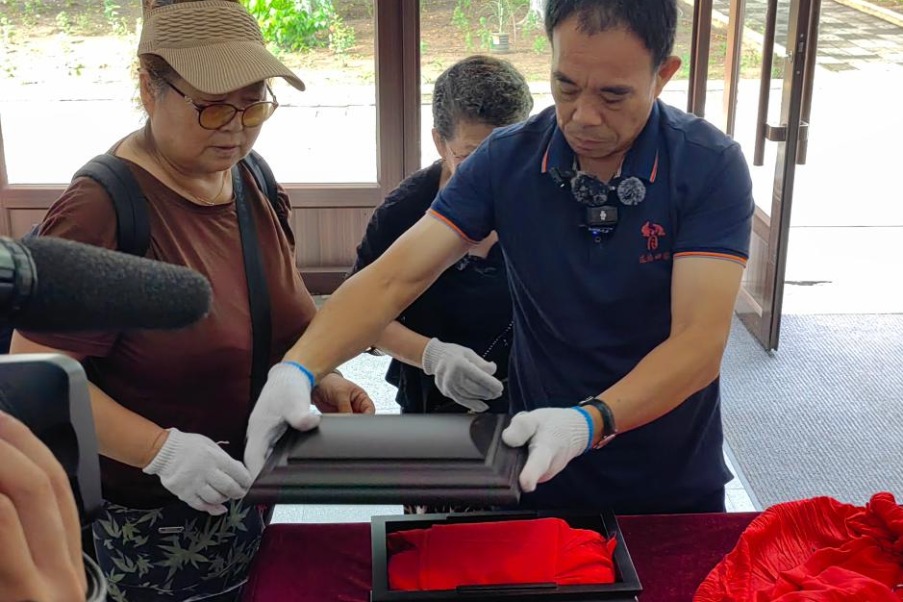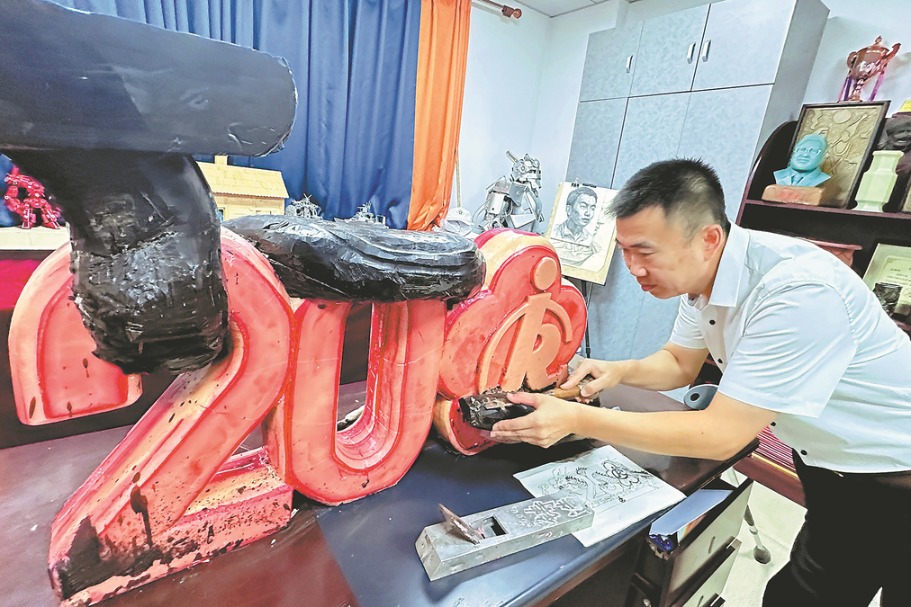Xizang region charts 'remarkable' advances in public healthcare

The healthcare system in China's Xizang autonomous region has undergone a remarkable transformation over the past 60 years, regional authorities said at a news conference on Friday.
According to the regional health commission, the number of medical and health institutions in Xizang has risen to 7,231 from its 1965 figure of 193. Over the same period, the healthcare workforce has expanded from 2,422 to around 32,000, while hospital beds have increased from 1,631 to 21,488.
"From a severely lacking medical infrastructure fraught with shortages of staff and supplies 60 years ago, Xizang now boasts a comprehensive and improved healthcare system, benefiting the health and welfare of its diverse population," said Tan Xiangdong, deputy director of the commission.
Average life expectancy in the region has more than doubled compared with the early days of its peaceful liberation, Tan said. Maternal mortality, infant mortality and mortality rates for children under five have all fallen sharply — now sitting at 34.94 per 100,000, 4.32 per 1,000 and 5 per 1,000 respectively.
The commission added that over 99 percent of pregnant women now give birth in hospitals and that residents' health literacy has risen to 25.4 percent, underscoring major advances in public health education and access to care.
- Xizang region charts 'remarkable' advances in public healthcare
- 'Significant' gold resources discovered in Jiangsu province
- Peng Liyuan attends UNESCO award ceremony for girls', women's education
- Hunan university gives valuable lesson on Mao Zedong's youth
- Illegal disposal of hazardous waste under probe after public complaints
- Military drones at Changchun air show




































